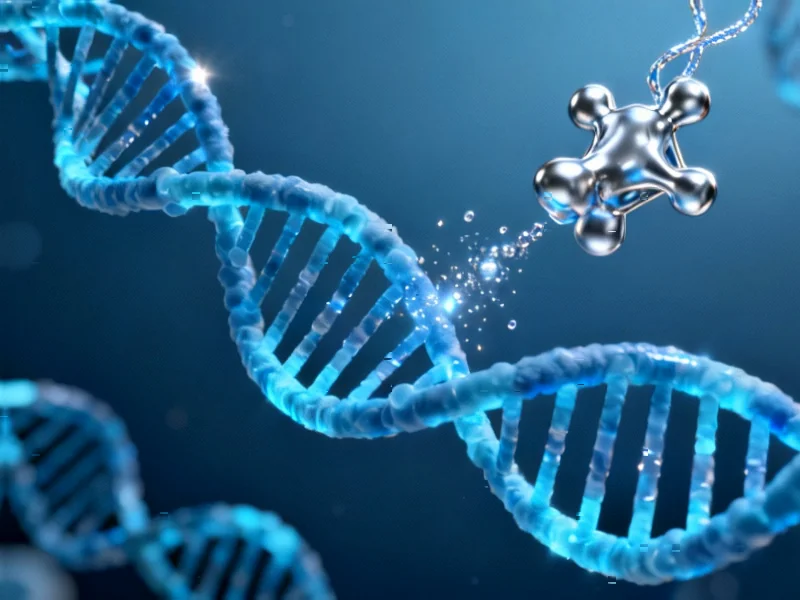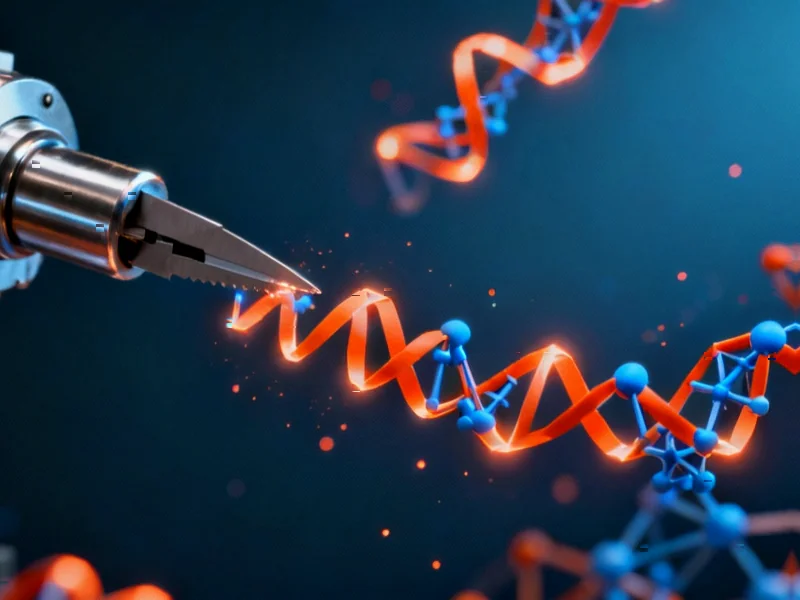RNA Structural Barriers Enhance CRISPR-Cas13 Diagnostic Precision and Mismatch Detection
Scientists have uncovered how RNA structural elements compete with CRISPR-Cas13 targeting, leading to a novel strand displacement model that explains Cas13 activation dynamics. The findings enable unprecedented specificity in detecting viral variants and single-nucleotide mutations, potentially revolutionizing molecular diagnostics.
RNA Structure Governs Cas13 Activation and Diagnostic Specificity
Recent research published in Nature Biotechnology reveals how RNA secondary structure fundamentally influences CRISPR-Cas13 activity, with significant implications for diagnostic applications. According to the report, RNA molecules form intramolecular base pairs that compete with the guide RNA (crRNA) for target binding, creating what sources describe as a “structural barrier” that modulates Cas13 activation.


